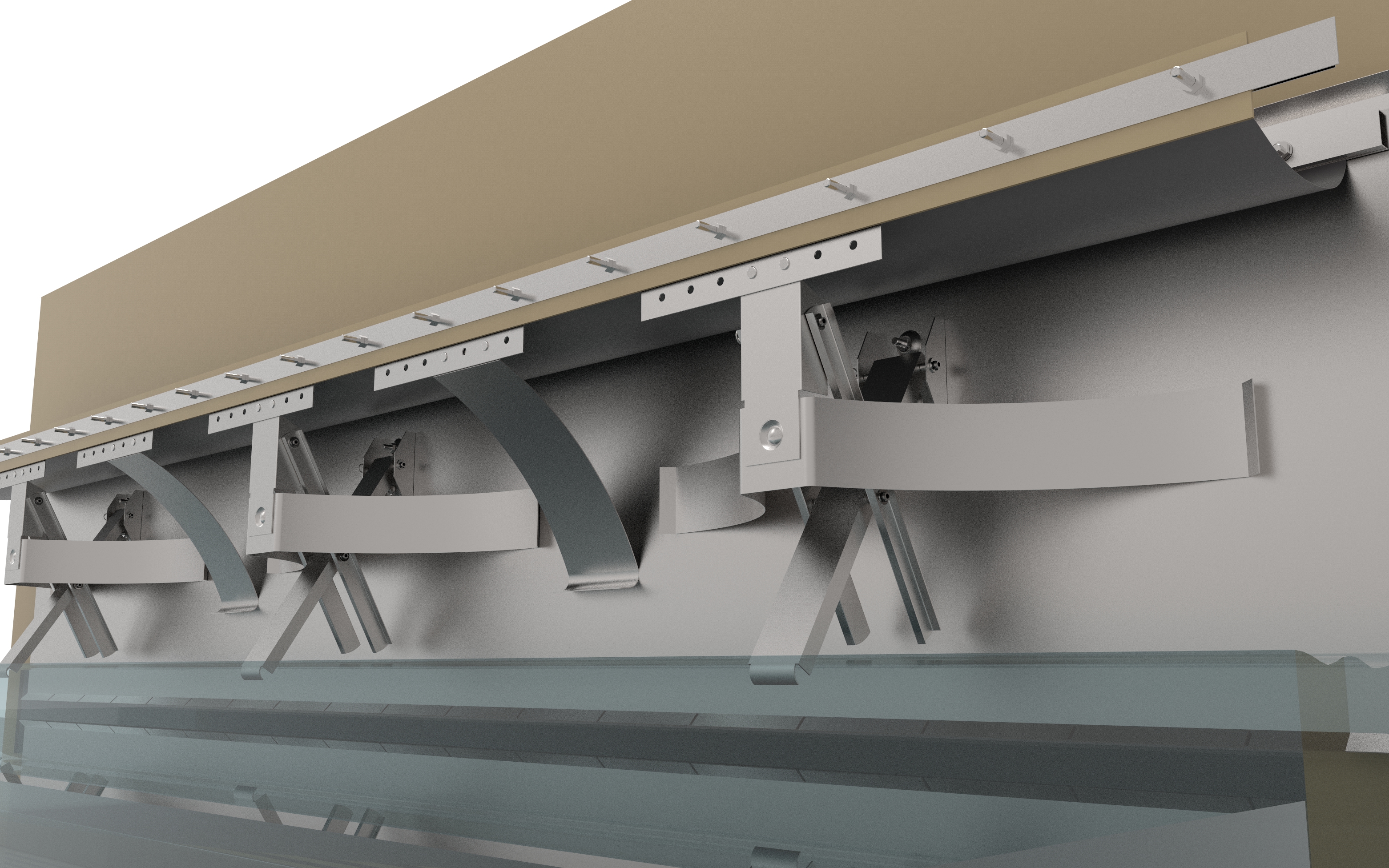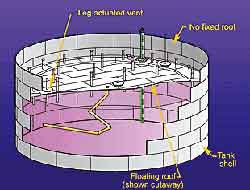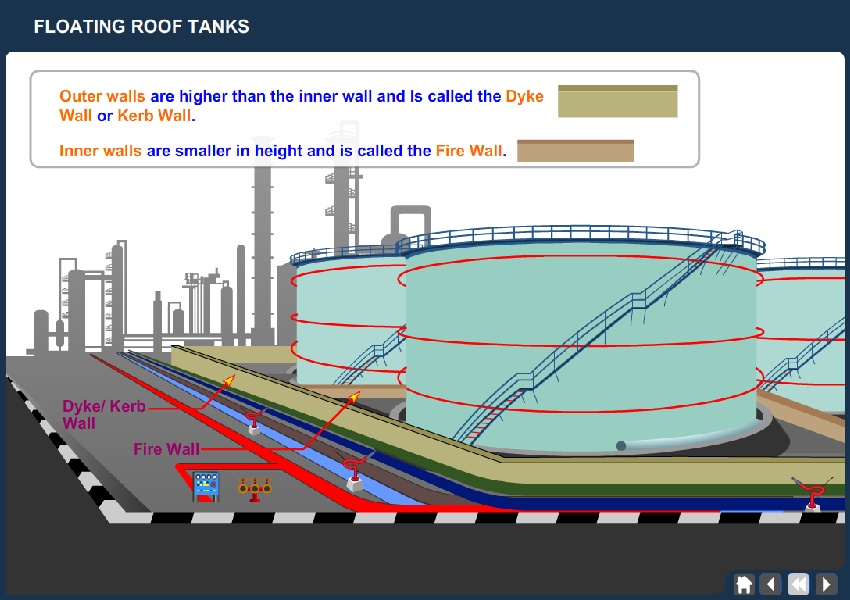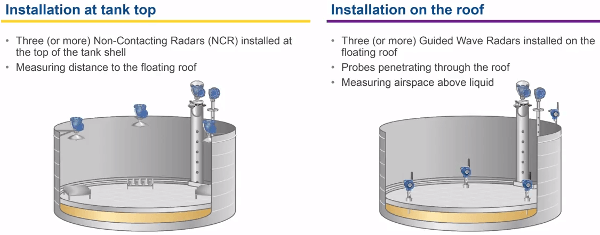Internal floating roofs have a secondary fixed roof at the top of the tank to protect the floating element from rain and other outside contamination.
External floating roof tank vs internal floating roof tank.
External floating roof and internal floating roof.
A brief description of each tank is provided below.
And horizontal external floating roof domed external or covered floating roof internal floating roof variable vapor sp ace and pressure low and high.
Internal floating roof tank of vs external floating roof tank material pollution and complex structure.
An external floating roof tank is a storage tank commonly used to store large quantities of petroleum products such as crude oil or condensate.
There is at least one aluminum internal floating roof design that has lower emissions than any steel internal or external floating roof ever made.
Domed external floating roof tanks usually result from retrofitting an external floating roof tank with a fixed roof.
Because the external floating roof storage tank has no fixed roof dust rain water is easy to accumulate and even pollutes the oil.
Because the flexible floating roof deck can float up and down to close to the liquid level gas space above the liquid level can be greatly reduced thereby greatly reducing the evaporation.
Instead the internal floating roof tank with fixed roof is a good solution to this problem what s more.
Floating roof tanks can be internal or external.
Floating roof tanks are vented but the emissions from external floating roof tanks are generally much higher than for a domed efr tank or an ifr tank.
Tanks with external floating roofs are used primarily to contain liquids with high vapor pressures when the vapor emissions from fixed roof tanks would exceed the standards set by the local jurisdiction.
Specifically it is an environment friendly and economical storage tank or oil tank installed a floating roof under the vault of the tank usually made of aluminum stainless steel or other material to prevent the.
Floating roof is the core component of floating roof storage tank which is divided into two types.
The floating roofs can be either external i e with open top tanks or internal i e inside fixed roof tanks.
It consists of an open topped cylindrical steel shell equipped with a roof that floats on the surface of the stored liquid.
The roof rises and falls with the liquid level in the tank.
Loss mechanisms associated with each type of tank are provideddescribed in section 7 1 2.










